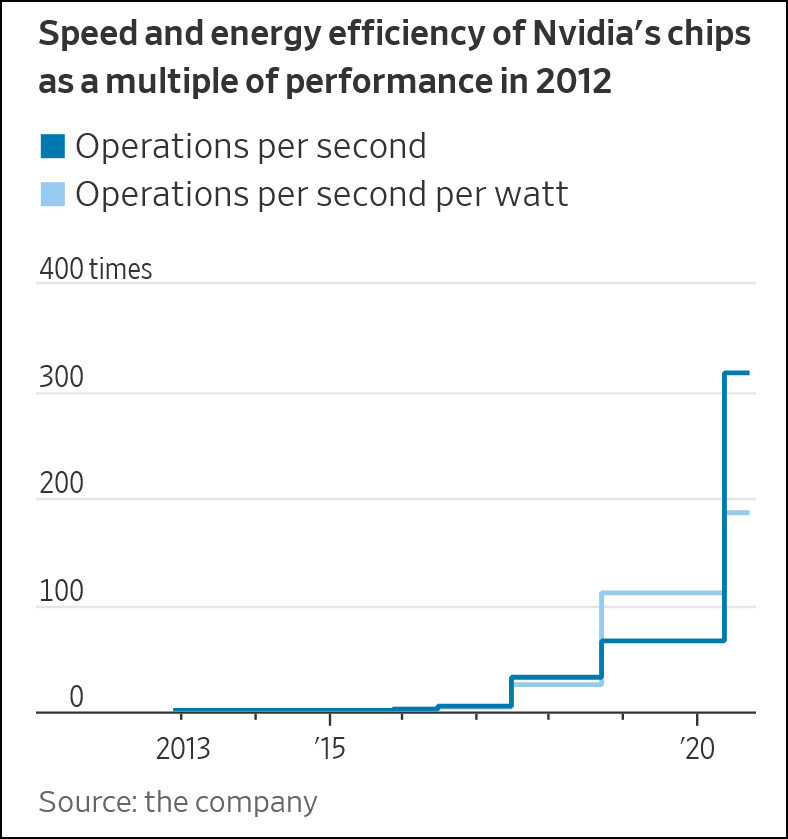
Atlantic Tele-Network owns a diverse collection of wireless and wireline telecom assets in the rural US and the Caribbean. The company’s insiders are large shareholders and have an excellent track record of growing book value and dividends. ATN recently closed on the sale of a major segment to AT&T, receiving nearly triple what ATN paid for the business only three years ago. Post the transaction, Atlantic Tele-Network is debt-free with a large cash hoard and profitable remaining operations, the values of which exceed the company’s enterprise value.
Founded in 1987, ATN got its start providing telecom services in the South American nation of Guyana and the US Virgin Islands. From there, the company expanded to Bermuda and other Caribbean Islands, and into the US, focusing on rural markets with little competition from large telecom providers. Along the way, ATN grew its revenues and operating income from $117.6 million and $18.1 million in 1997 to $741.4 million and $99.5 million in 2012. Shareholders were richly rewarded from this growth. From the end of 1997 to the end of 2013, Atlantic Tele-Network stock returned an astounding 23.8% annually. The largest beneficiaries of this value creation were the father and son team that runs ATN, Cornelius B. Prior and Michael T. Prior. Together, and including trusts for their benefit, these men own 36.88% of ATN’s stock, worth some $359 million. Michael T. Prior has taken over the leadership role from his elderly father, and his large ownership stake aligns his interests with those of shareholders.
Atlantic Tele-Network holds itself out as a nimble investor, willing to sell a division when the time is right and to go all in on the right opportunity. A shining example of that is the company’s recent Alltel transaction. As part of Verizon Wireless’s acquisition of Alltel in 2008, Verizon was required to divest certain parts of Alltel’s network. In 2010, ATN snapped up Alltel’s operations in Idaho, Ohio, Georgia, Illinois and the Carolinas. ATN paid $200 million for Alltel, funding the purchase entirely with debt. Only three years later, ATN announced the sale of Alltel to AT&T for $780 million, plus a small working capital adjustment. For the price of a few years’ interest payments, ATN created $580 million in value for its shareholders, pre-tax. The sale of Alltel closed in September 2013.
Atlantic Tele-Network used the proceeds of the Alltel transaction to eliminate all its debt. After paying taxes on the transaction and making a distribution to minority shareholders in Alltel, the company has net cash of $389 million, of which $79 million is escrowed for up to 18 months. ATN’s market capitalization is $973.6 million, yielding an enterprise value of $584.2 million.

Atlantic Tele-Network’s enterprise value is far below the fair value of its remaining subsidiary businesses. While a full survey of each of these would run thousands of words, I’ll do my best to summarize them for this blog post. There are four major segments, which I’ll tackle in order of descending revenues.
US Wireless Operations
ATN’s subsidiary, Commnet, provides cellular services to remote areas across the West, from the plains to the Rockies. Commnet’s assets include 579 cellular base stations across the region. Though Commnet brings in much less revenue than the divested Alltel, Commnet enjoys much higher profitability. For the first nine months of 2013, Commnet’s EBITDA margin was 65.3%, practically unheard of for a cellular operator. This EBITDA margin speaks to how little competition Commnet faces in its remote markets. Commnet is also experiencing good growth, with revenues for the third quarter of 2013 up 12.9% over the previous year. Much of the rise is due to increasing data traffic on the network. ATN is in the process of upgrading much of Commnet’s network from 2G to 3G standards, which will increase data throughput. (However, the company warns that some of the increased data revenues will be offset by planned reductions in data transfer prices.)
For the first nine months of 2013, Commnet earned $52.59 million in EBITDA, putting the segment on pace to hit $70.12 million for 2013. The simplest means of valuing the segment is to apply the same multiple of EBITDA as ATN received for its sale of Alltel, also a rural wireless provider. (With its soaring data throughput and extraordinary margins, Commnet may be worth quite a bit more, but it always pays to err toward the conservative side.) AT&T’s purchase of Alltel was done at 7.70x annualized trailing EBITDA, which implies a valuation of $539.93 million for Commnet. Increasing or decreasing the valuation by one turn of EBITDA expands that range to $469.81 million to $610.05 million.
International Integrated Telephony
ATN’s second largest segment is its Guyana telecom provider, GT&T, which enjoys exclusivity on long-distance calling in Guyana. GT&T also offers wireless and internet services. Atlantic Tele-Network owns 80% of GT&T, with the rest formerly owned by the government of Guyana and now by a third party. GT&T’s revenues and earnings have generally experienced modest declines in recent years, with trailing twelve months revenues down 7.9% since 2008 and EBIT down 17.4%. GT&T’s results are also threatened by new legislation in Guyana’s parliament, which may strip GT&T of its monopoly on long-distance telephone service in Guyana. Atlantic Tele-Network states that it hopes some of the lost business due to regulatory changes would be made up in increased local calling activity.
GT&T produced $43.84 million in EBITDA for the trailing twelve months, of which $35.07 million is attributable to ATN. Given the long-term decline in revenue and earnings and the regulatory uncertainty, GT&T warrants a low valuation. Assigning an EBITDA multiple of 4.0x trailing results implies a value of $140.29 million. Expanding that range to 3.0x-5.0x EBITDA gives a range of $105.22 million to $175.36 million.
Island Wireless
ATN’s third largest segment is Island Wireless. Through various subsidiaries, Atlantic Tele-Network provides cellular service to several Caribbean islands, including Bermuda, Turks & Caicos, the US Virgin Islands and others. The Island Wireless segment has shown strong revenue growth, expanding 188% from 2008 to the twelve months ended September 30, 2013. The most recent quarter’s revenues were up 11.6% over the previous year. As it has grown, Island Wireless has reached the point where additional revenues drop nearly unimpeded to EBIT. As revenues increased by $15.05 million from 2011 to the trailing twelve months, EBIT increased by $14.44 million. The segment’s EBITDA and EBIT margins continue to expand, reaching 22.1% and 6.5% on a trailing basis. For the most recently reported quarter, the segment’s EBITDA margin reached 33.5%. In the last quarter’s earnings call, management indicated this level of profitability is “somewhat sustainable.” Assuming a sustainable EBITDA margin midway between the most recent quarter and the twelve trailing months, or 27.8%, Island Wireless can produce annual EBITDA of $18.40 million, based on the twelve trailing months’ revenues. Given that Island Wireless is still growing at a healthy pace and enjoying positive operating leverage as it does so, the segment warrants a valuation above those of the company’s other businesses. Valuing Island Wireless at 9.0x trailing normalized EBITDA yields a valuation of $165.58 million. Expanding that range to 8.0x-10.0x trailing EBITDA widens the valuation band to $147.18 million to $183.97 million.
US Wireline
Finally, ATN owns wireline assets in the US Northeast, operating as Sovernet Communications. These operations are currently only minimally profitable, producing trailing EBITDA of $2.98 million and trailing EBIT of negative $1.61 million. However, ATN is close to completing a fiber optic network in Sovernet’s service area, which will increase the segment’s capabilities and revenues. It is difficult to assess the impact of the expansion on revenues and earning, so I choose to estimate the US Wireline segment’s value as the book value of its assets instead. As of September 30, 2013, the segment had assets with a book value of $43.86 million, up $12.97 million from the previous year-end on strong capital investment.
Aggregate Valuation
The combined value of Atlantic Tele-Networks’ various operating subsidiaries and excess cash is substantially higher than its current trading price, even using the conservative end of already conservative projections. The EBITDA multiple ranges I used to value the various segments are typical of low or no-growth companies, when the company’s large US wireless and Island Wireless segments are still experiencing strong revenue increases.

Using even the most conservative valuation multiples, Atlantic Tele-Network stock is worth nearly 20% more than its current trading prices. Extra value could be created if management finds another bargain like Alltel, or can successfully introduce high-margin products into its existing markets. Atlantic Tele-Network’s downside is limited by its strong cash position and the defensive nature of the telecom industry.
Catalpa Capital Management, LLC holds shares of Atlantic Tele-Network for client accounts.
OTCAdventures.com is a Catalpa Capital Management, LLC publication. For information on Catalpa’s managed accounts, please see catalpacap.com.
Catalpa Capital Management, LLC may buy or sell securities mentioned on this blog for client accounts or for the accounts of principals. For a full accounting of Catalpa’s and Catalpa personnel’s holdings in any securities mentioned, contact Catalpa Capital Management, LLC at info@catalpacap.com.


















